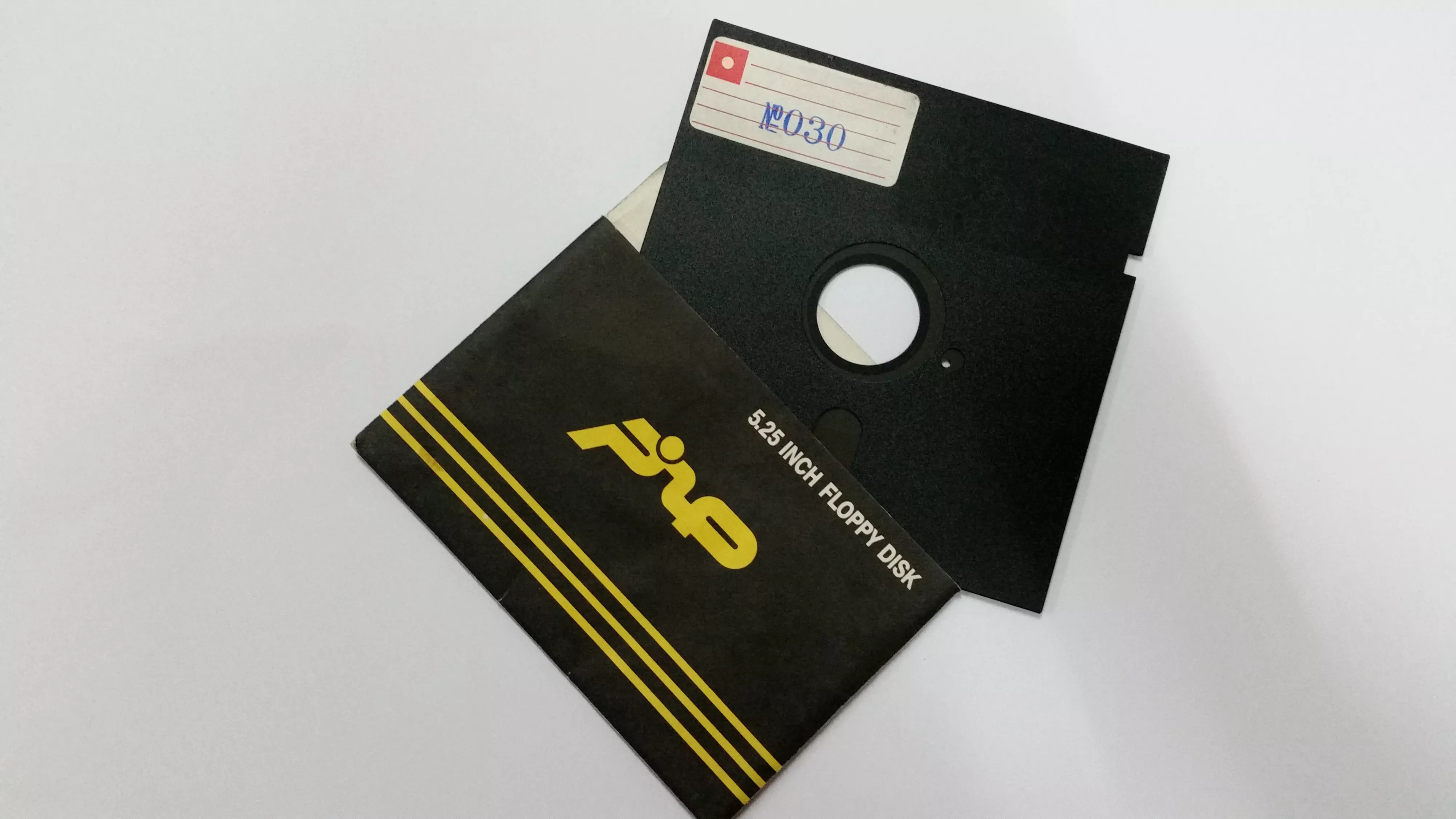In brief: The San Francisco Muni Metro's Automatic Train Control System (ATCS), one of the few remaining major systems still using floppy disks, is dropping the archaic technology as part of a massive upgrade. The SF transportation agency's board has agreed to a $212 million deal with Hitachi Rail to overhaul the service and remove the 5.25-inch floppy disks it's been using since 1998.
San Francisco Municipal Transportation Agency (SFMTA) was the first agency in the US to adopt the floppy-based automatic train control system in 1998. It was supposed to be in place for 20 to 25 years. It entered its 26th year of service in 2024.
In April, SFMTA director Jeffrey Tumlin said the increasing risk of the disks suffering data degradation meant that at some point there will be "a catastrophic failure."
Thankfully for San Franciscans who use the city's metro service, SFMTA's board has approved a deal with Hitachi Rail, the external division of Japanese tech giant Hitachi, that will bring the system into the modern era.
SFMTA spokesperson Michael Roccaforte explained to Ars Technica in April how the current ATCS system works. "When a train enters the subway, its onboard computer connects to the train control system to run the train in automatic mode, where the trains drive themselves while the operators supervise. When they exit the subway, they disconnect from the ATCS and return to manual operation on the street."
The $212 million agreement with the firm is part of a $700 million major overhaul. This includes replacing the aging loop cable system used for sending data across the servers and trains. SFMTA spokesperson Michael Roccaforte said this upgrade is more pressing than replacing the floppies as the cables are fragile and have less bandwidth than an old AOL dial-up modem.
The SFMTA plans for Hitachi to replace the loop cables by 2028 with a comms system that uses Wi-Fi and cellular signals for tracking trains, assuming the SFMTA's board of supervisors approves it.
Also read: Once-Iconic Tech Products That Are Now a Fading Memory
Replacement of the cables, floppies, and other aging technology is expected to take place in 2027 or 2028, followed by an on-street technology installation phase. The estimated completion date for the entire system overhaul is 2033 or 2034.
Floppy disks, usually of the 3.5-inch variety, have refused to die despite Sony making the last new one in 2011. Japan only removed them from all government operations in June, and they're still used in some businesses and by enthusiasts.

